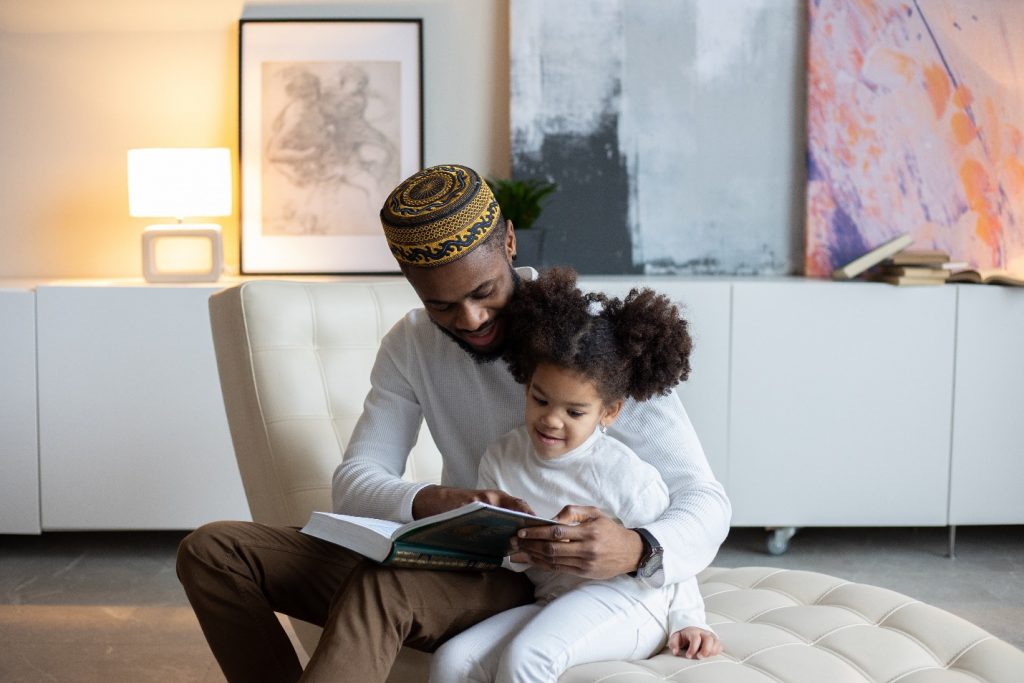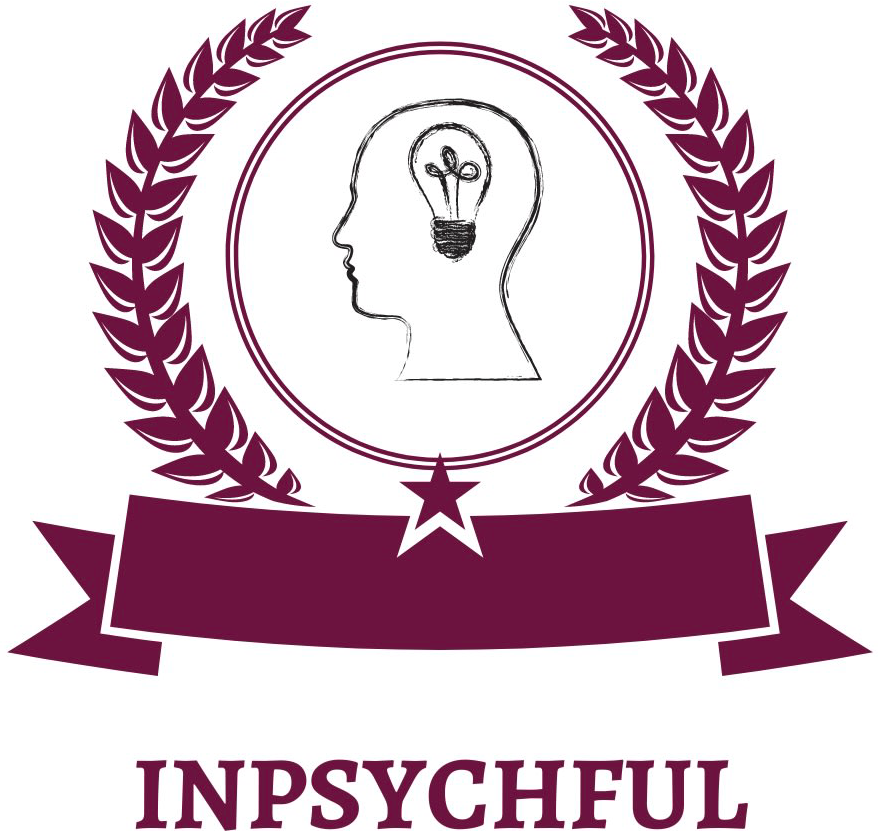
The Art of Active Listening in Parent-Child Relationships
The Unsung Hero of Communication
Imagine a typical evening at home. Parents are busy with chores, children are engrossed in their homework or gadgets, and the TV is blaring in the background. Amidst this cacophony, how often do we pause to truly listen to each other? Active listening, often overlooked, is the unsung hero of effective communication, especially in parent-child relationships.
Active listening is not merely hearing; it’s about being fully present in the conversation. Picture a mother named Lisa, who notices that her son, Jack, seems withdrawn lately. Instead of offering immediate solutions or brushing it off, Lisa sits down with Jack and listens—really listens—to his concerns. She asks open-ended questions, validates his feelings, and refrains from interrupting.
The impact of this simple act is profound. Jack feels heard and understood, strengthening the emotional bond between him and his mother. Active listening can be a powerful tool in understanding the underlying issues that children may not always articulate.
So, how can parents and caregivers master the art of active listening? It starts with being present, both physically and emotionally. Put away distractions, maintain eye contact, and focus on the child’s words as well as their non-verbal cues. The goal is to create a safe space where children feel comfortable sharing their thoughts and feelings.
